The secret Soviet organization that explains what Russia is doing today
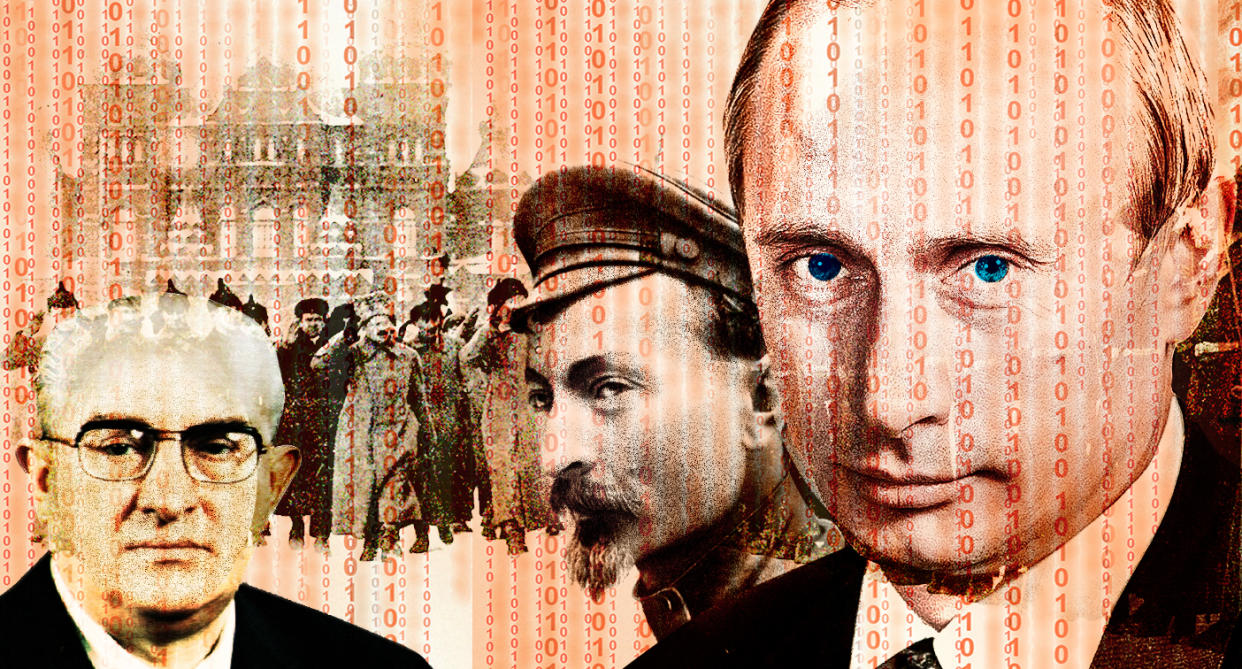
WASHINGTON — In November 1921, Felix Dzerzhinsky, the head of the Soviet Union’s secret police known as the Cheka, had a plan. Four years earlier, the Bolsheviks had expelled the Romanov dynasty and established the world’s first Communist government. Western European intelligence agencies, fearful of communism, sought to infiltrate the Soviet Union, while the powerful White Russians had fled to European capitals like Paris and Berlin, from where they hoped to plot the czar’s return.
Dzerzhinsky’s plan involved a prisoner, Alexander Yakushev, then sitting in the infamous Lubyanka prison in central Moscow. Although Yakushev had worked for the Soviet government, the Cheka had discovered his secret allegiance to the czar, arrested him and threw him into the Lubyanka, where in future years alleged enemies of the people would be executed on the flimsiest pretenses.
Dzerzhinsky wanted an indirect means of neutralizing the enemies of the Soviet Union, of fooling and confusing them so thoroughly that they would lose all sense of moral and political direction.
Instead of executing Yakushev, Dzerzhinsky gave his prisoner what he wanted, if only as a cover: He made Yakushev the head of a czarist organization called the Trust and sent him to Europe as the group’s emissary. Yakushev spread the message that anti-Bolshevik agents “had penetrated into the higher levels of the army, the security service, and even the government, and would in time take power and restore the monarchy,” as KGB defector Anatoliy Golitsyn described the Trust in his landmark 1984 study of Soviet security services, “New Lies for Old.”
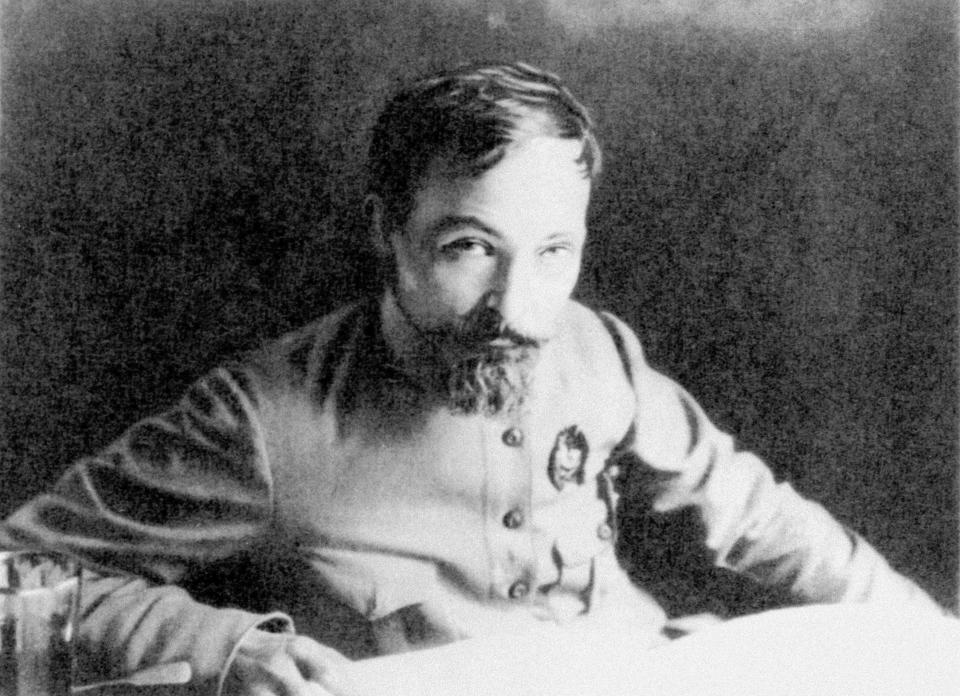
Though little known today, the Trust is a predecessor of Russia’s operations in the United States during the 2016 election, a lesson in how Russia uses disinformation to discredit enemies foreign and domestic. Like the Russian bots tweeting about the Second Amendment or the fake Black Lives Matter pages set up from the Internet Research Agency in St. Petersburg, the Trust was an operation that preyed on Western credulity. The Trust, as the spy-craft historian Michael Holzman has written, “projected in the minds of its targets — the White Russian leadership and various, especially British, secret intelligences — an image they found congenial.” In other words, they were fooled because they wanted to be.
John Sipher, a 28-year veteran of the Central Intelligence Agency who worked for the agency’s clandestine service and ran operations out of Moscow, says that officers assigned to Russia were made to study the Trust, which a declassified CIA history describes as a showcase of “Soviet provocation.” (A CIA spokesperson declined to discuss details of agent education.) To Sipher, the Trust is a perfect example of an “active measures” campaign of the kind the Kremlin directed during the 2016 presidential election.
In his history of Russian spycraft “The Sword and the Shield,” Soviet intelligence historian Christopher Andrew writes that operations like the Trust, and others, “became increasingly successful in penetrating the main imperialist powers” of Europe. That was because “while security in Moscow became obsessional, much Western security remained feeble.”
The White Russians wanted to believe that the collapse of the Soviet Union was at hand, just like some want to believe that Donald Trump is saving Western civilization from hordes of immigrants and refugees. Primed to believe these things, we may not look closely at the source or its motivations.
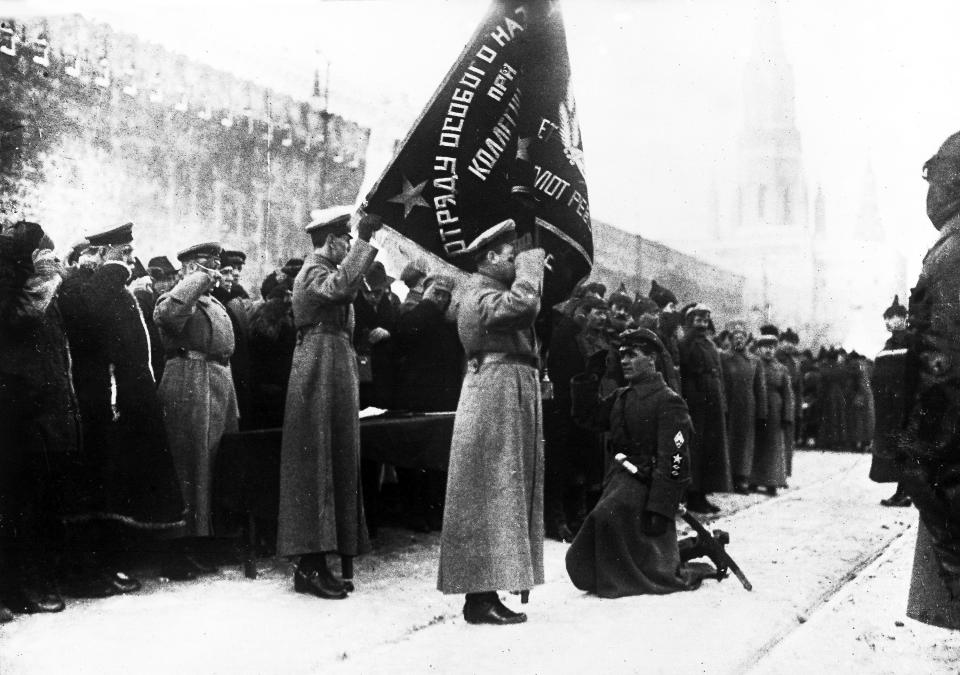
John R. Schindler, a former National Security Agency analyst and counterintelligence who now runs the XX Committee, an intelligence website, says a CIA history of the Trust was initially commissioned in the 1950s by James Jesus Angleton, the CIA counterintelligence chief, and his deputy Raymond G. Rocca. According to Schindler, the Trust taught American agents about the Soviet reliance on kombinatsiya: multipronged campaigns involving traditional spy craft, disinformation and the cultivation of friendly voices in adversarial territory, sometimes through the use of compromising material, or kompromat, sometimes through something as simple as cash.
“Westerners are just not conditioned to be suspicious like Russians are,” Schindler says. “If you give them a pretty storyline, they are likely to fall for it.”
That’s what Yakushev did in the 1920s. According to historian Andrew, Yakushev “won the confidence during visits to Paris of both Grand Duke Nikolai Nikolaevich, cousin of the late Czar Nicholas II, and General Aleksandr Kutepov of the [White] Russian Combined Services Union.” Some did have their suspicions, but these eventually went away, and the Trust grew in influence.
The Trust proved an effective means of identifying Russian members of the anti-Soviet resistance across Europe, including Boris Savinkov, a onetime leader of the Society for Defence of Motherland and Freedom who was now based in Warsaw. Lured to Moscow under the pretenses of helping an anti-Soviet group, he was captured in the summer of 1924 and sentenced to death, a fate he avoided by jumping from a fourth-story window in the Lubyanka.
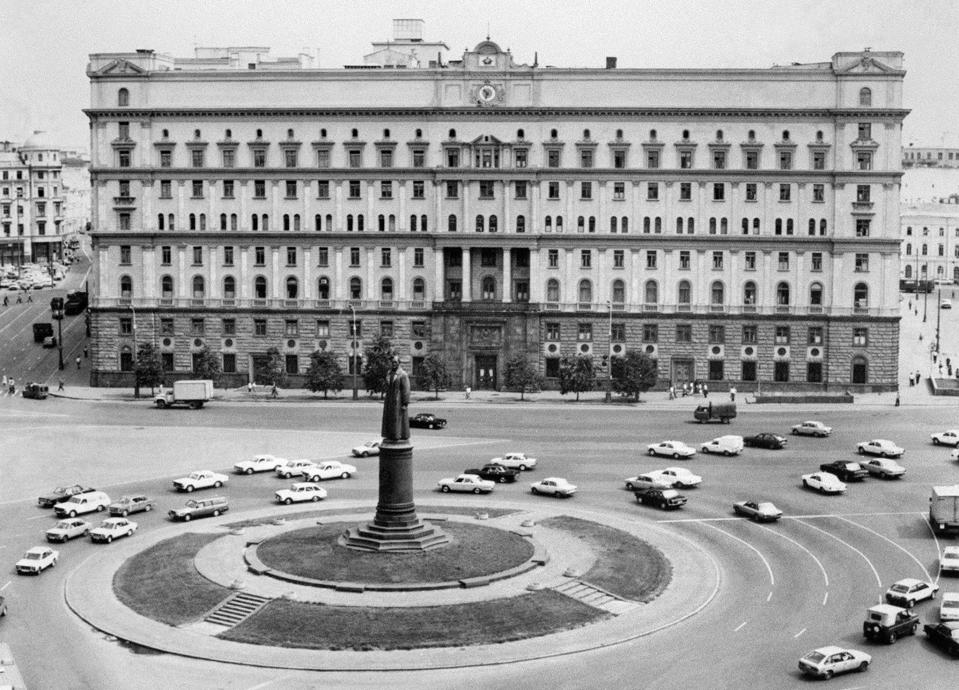
In what spy-craft historian Jeffrey T. Richelson calls the Trust’s “most sensational” operation, it managed to dupe Sidney George Reilly, the legendary British “Ace of Spies.” The Trust enticed Reilly to cross the Finnish border into the Soviet Union, heading for Leningrad. There, he was met by other Trust members, all of whom were, in fact, Chekists. They took Reilly into custody, interrogated him and then shot him in what is today Sokolniki Park, outside Moscow, in 1925. The assassination order may have been given by Josef Stalin himself.
The CIA history argues that the Trust inflicted “incalculable” damage on the Russian anti-Bolshevik forces, rendering them “insignificant.” By feeding European intelligence services troves of disinformation, it caused “numerous misunderstandings between various services which destroyed that mutual confidence which, at first, united them in their work against the Soviets.”
The Trust was exposed in 1927, and the Cheka morphed into what, by 1954, came to be known as the Committee for State Security, or the KGB. Revisionist historians of the 1990s revealed the extent to which the KGB and its antecedent agencies were little more than the murderous shock troops of a paranoid Kremlin. Despite that, modern Russia has seen a recrudescence of warm feeling for the henchmen of Lenin and Stalin who were responsible for the deaths of millions.
For example, today in the middle of St. Petersburg, is the Dzerzhinsky District Court. How it came to be that the spies and murderers of the 20th century have been rehabilitated — and, even worse, their methods deployed again — by the Kremlin, has to do with another building in central St. Petersburg, just a couple of blocks from the courthouse named after Dzerzhinsky.

In 1960, a boy who had been born eight years before began attending School No. 193, which sits on nearby Baskov Lane. Somewhat slight, he began practicing judo at the age of 13. He continued to study martial arts in high school, also taking up German. The young man, Vladimir Putin, studied law at Leningrad State University and afterward joined the KGB.
When Putin became an intelligence officer in 1975, the KGB was headed by Yuri Andropov, who had helped suppress populist, anti-Soviet uprisings in Budapest and Prague. He also used misinformation to weaken Soviet enemies. In 2013, a defector from Romania’s security services revealed that Andropov had tried to stir up anti-American sentiment in the Middle East. “Andropov’s disinformation machinery was working around the clock to persuade the Islamic world that Israel and the United States intended to transform the rest of the world into a Zionist fiefdom,” the former spy alleged, in his book entitled, “Disinformation.”
In 1982, Andropov became the leader of the Soviet Union, ushering in what the Washington Post would later call an era of “sophisticated Stalinism.” Several months after he was elevated to the general secretariat, the New York Times reported that KGB spies were trying “to influence or buy their way into groups trying to block deployment of new medium-range missiles in Western Europe” by disguising themselves as disarmament activists. That’s remarkably similar to tactics Russia used in 2016, when it fixated on the Black Lives Matter protest movement as a means to widen divisions in American society.
Nobody doubts that Russia will try again. Microsoft recently revealed that three 2018 political campaigns have been targeted by Russians, including that of U.S. Sen. Claire McCaskill, a Missouri Democrat. “I don’t think they’re coming back,” says former CIA station chief Daniel Hoffman of the Russians. “They’re here. They never left.”
Putin has made no secret of his affinity for the Soviet security services. In 1999, when he was the prime minister, the former intelligence officer ordered a plaque commemorating Andropov restored to Lubyanka prison. The plaque had been removed in 1991, when Russian reformers were intent on effacing the legacy of communism. More recently, in 2014, Putin decreed that an elite internal security unit would be renamed the “Dzerzhinsky Division.”
Russia may be a fading superpower, but it remains determined to weaken its greatest rival. And, in doing so, it is reaching back to a past of glories real and imagined. Last year, the city of Kirov, in Russia’s vast eastern hinterlands, unveiled a new statue of Dzerzhinsky.
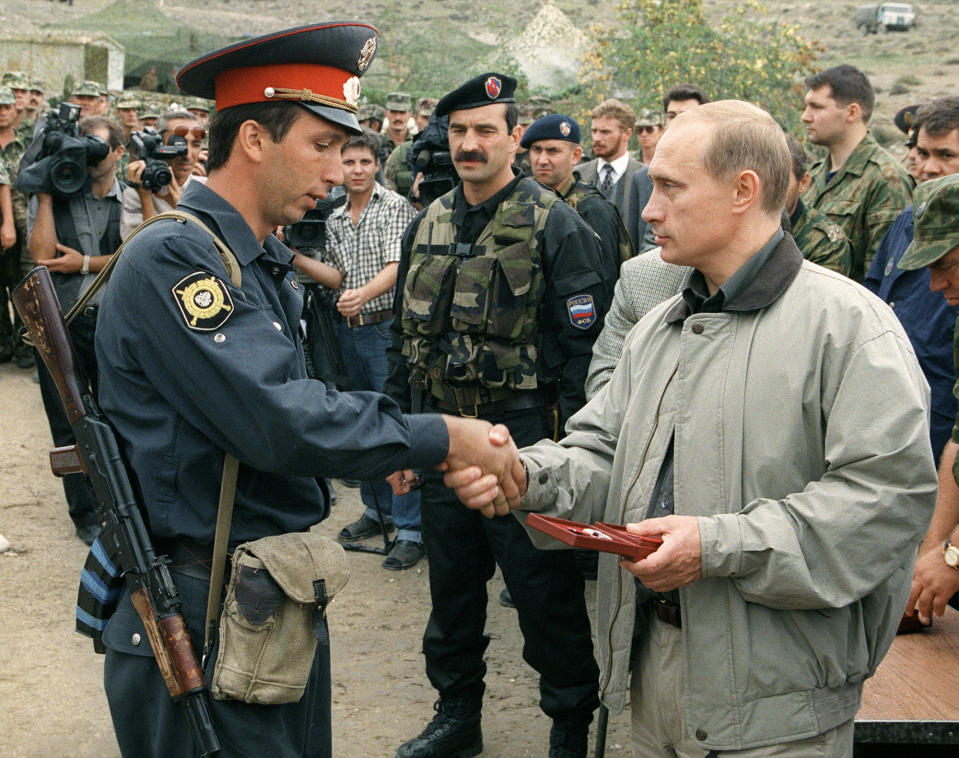
—————
Read more from Yahoo News:




